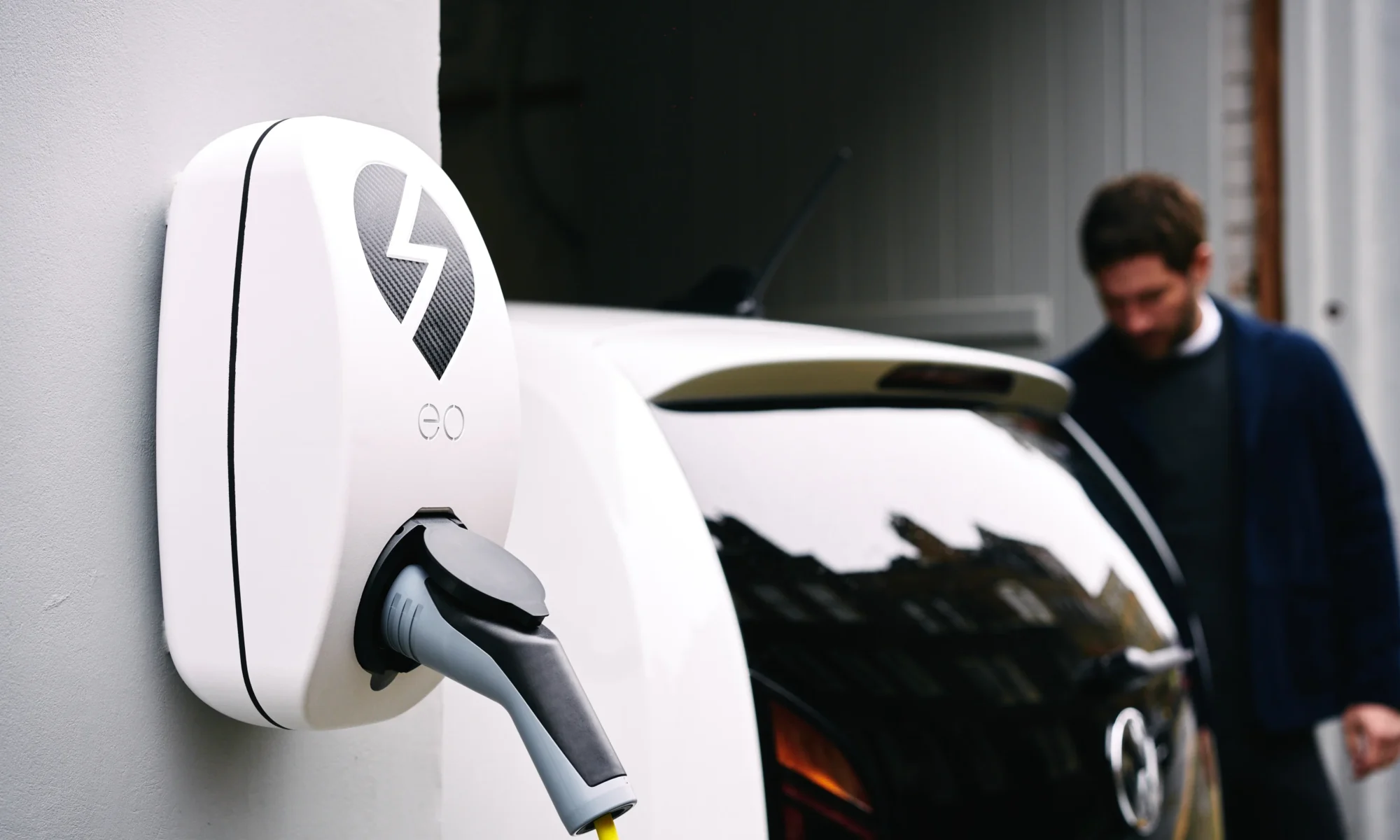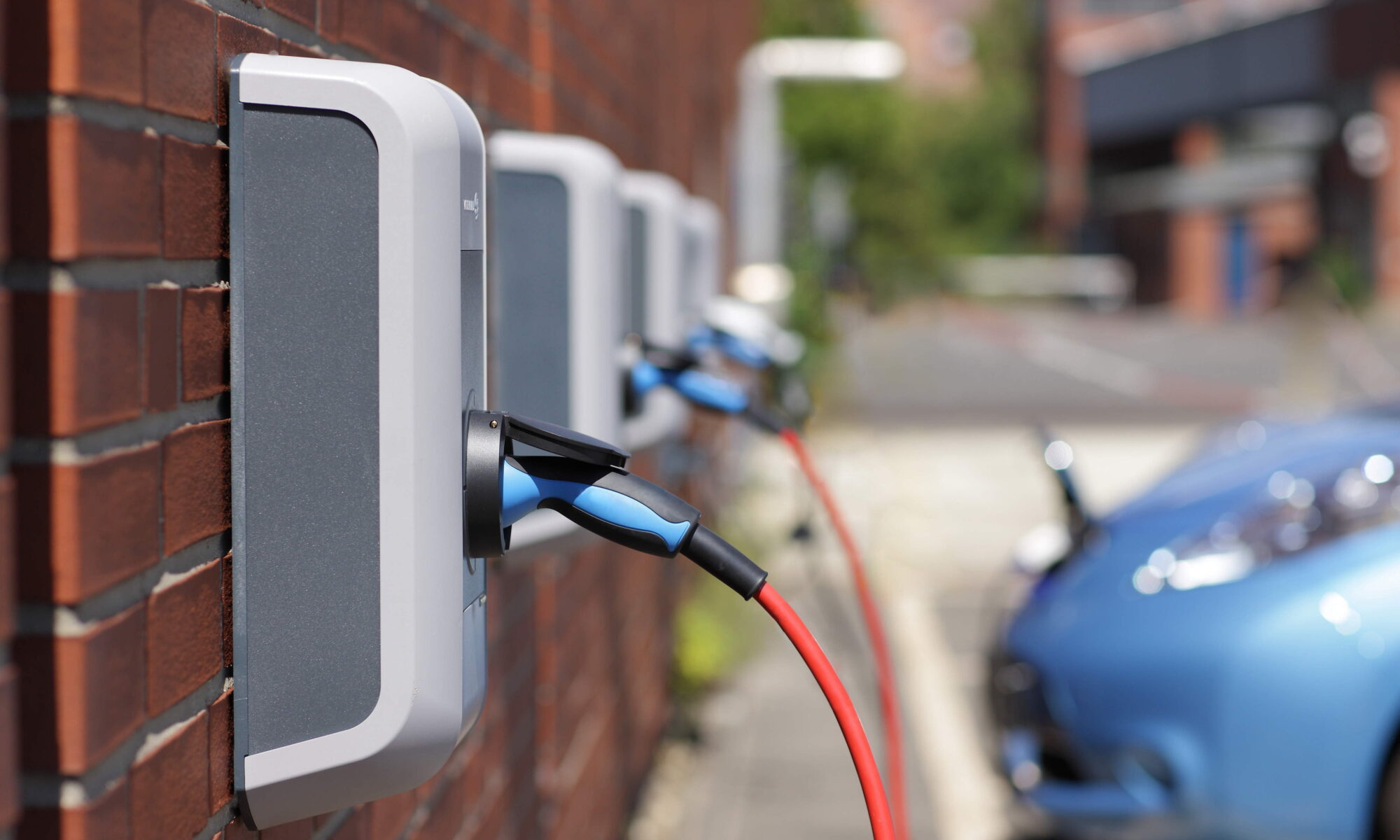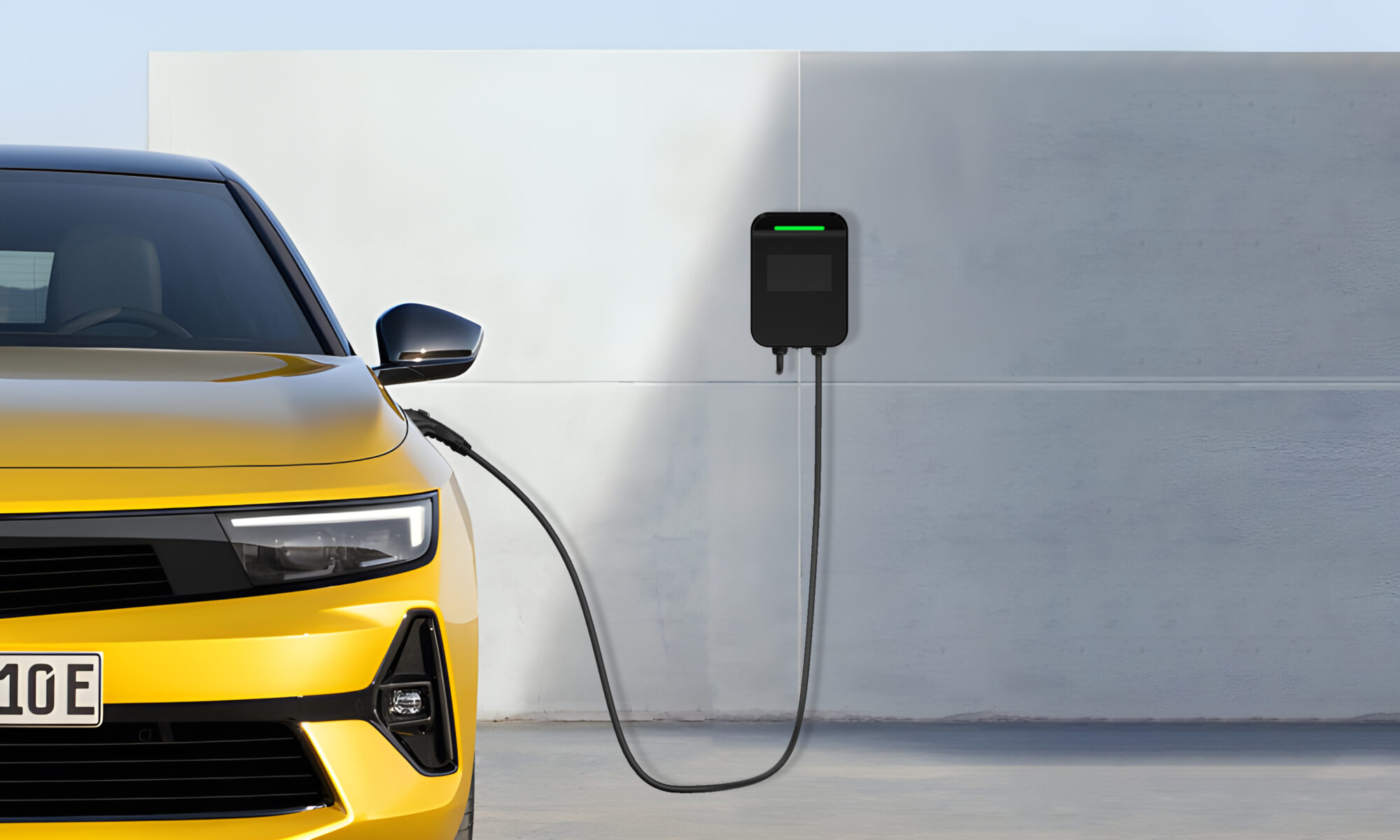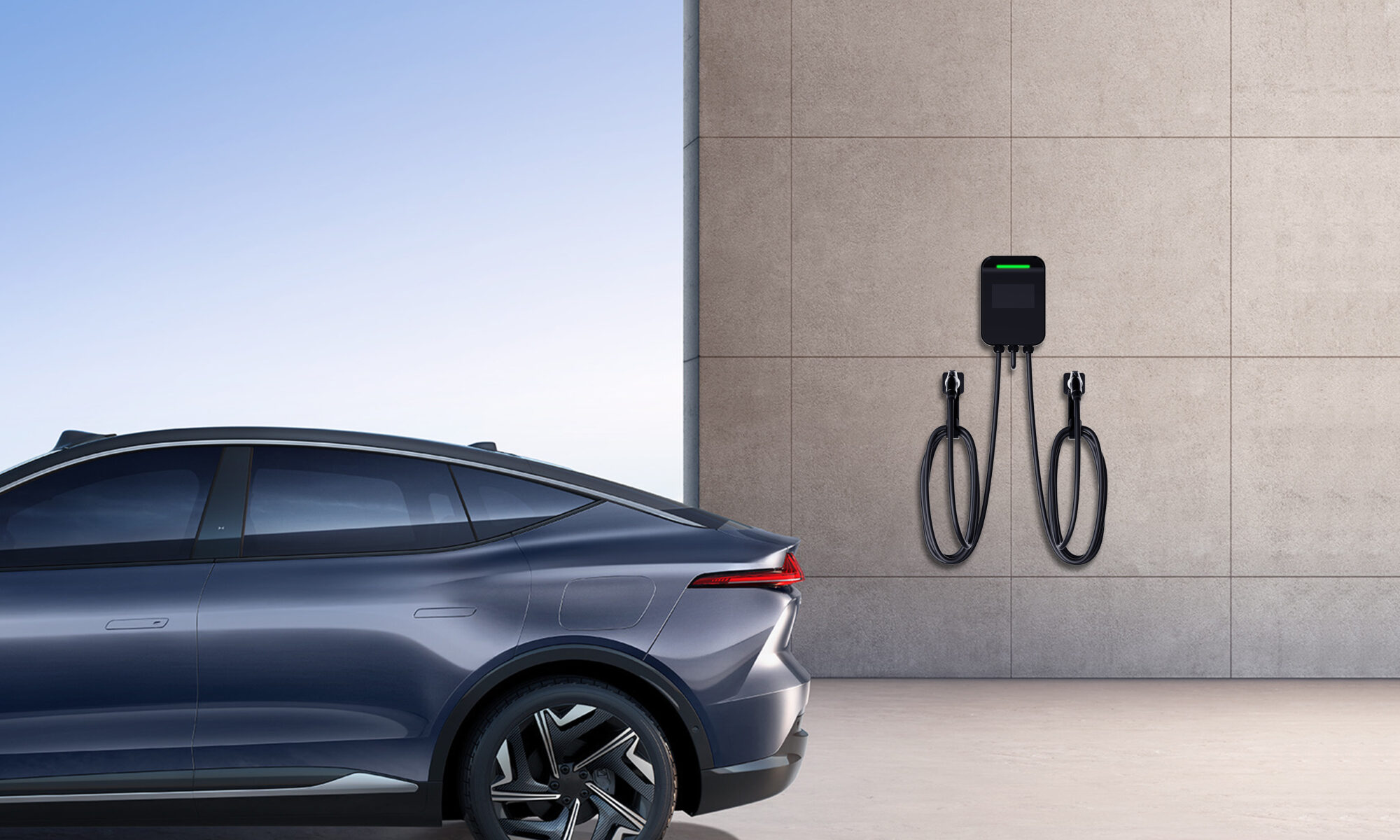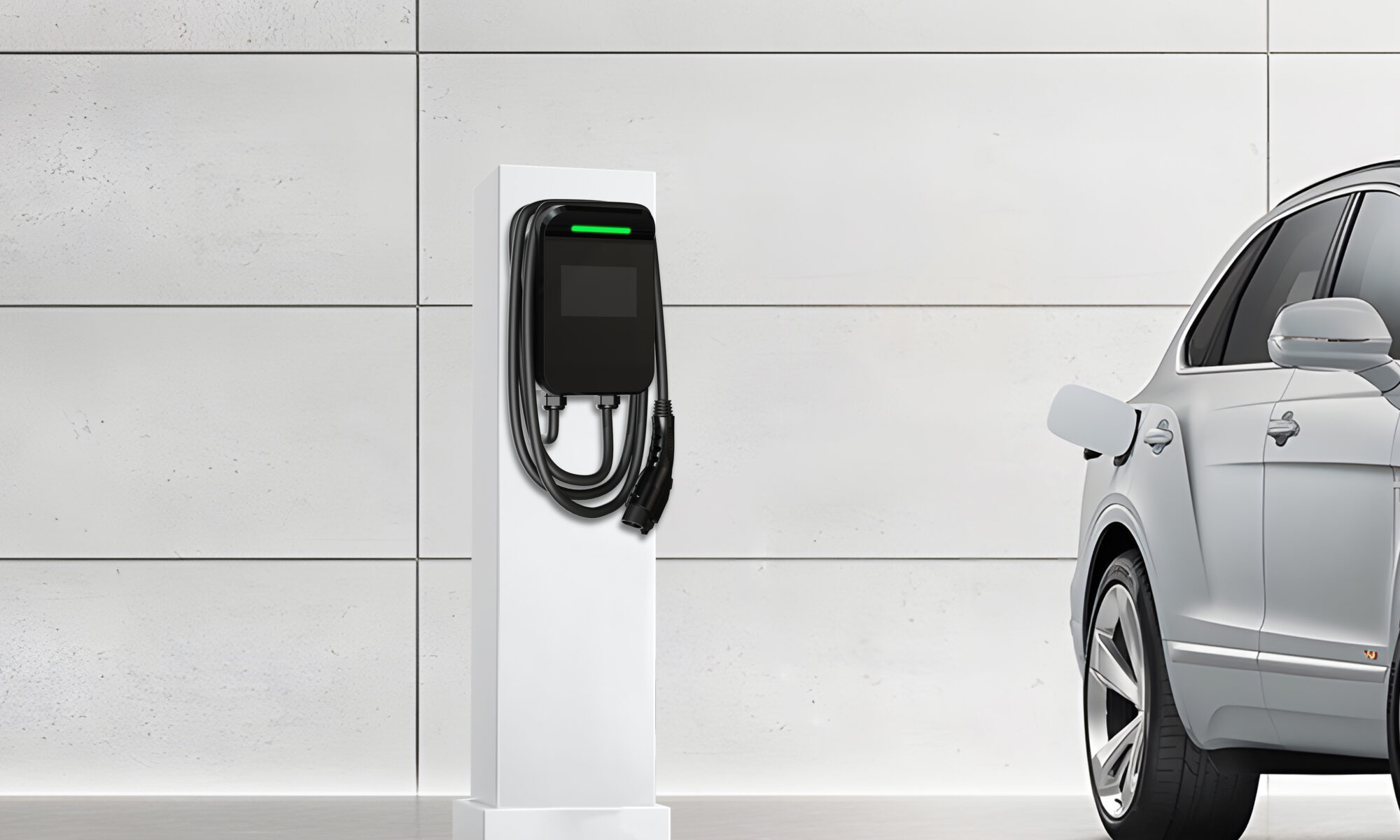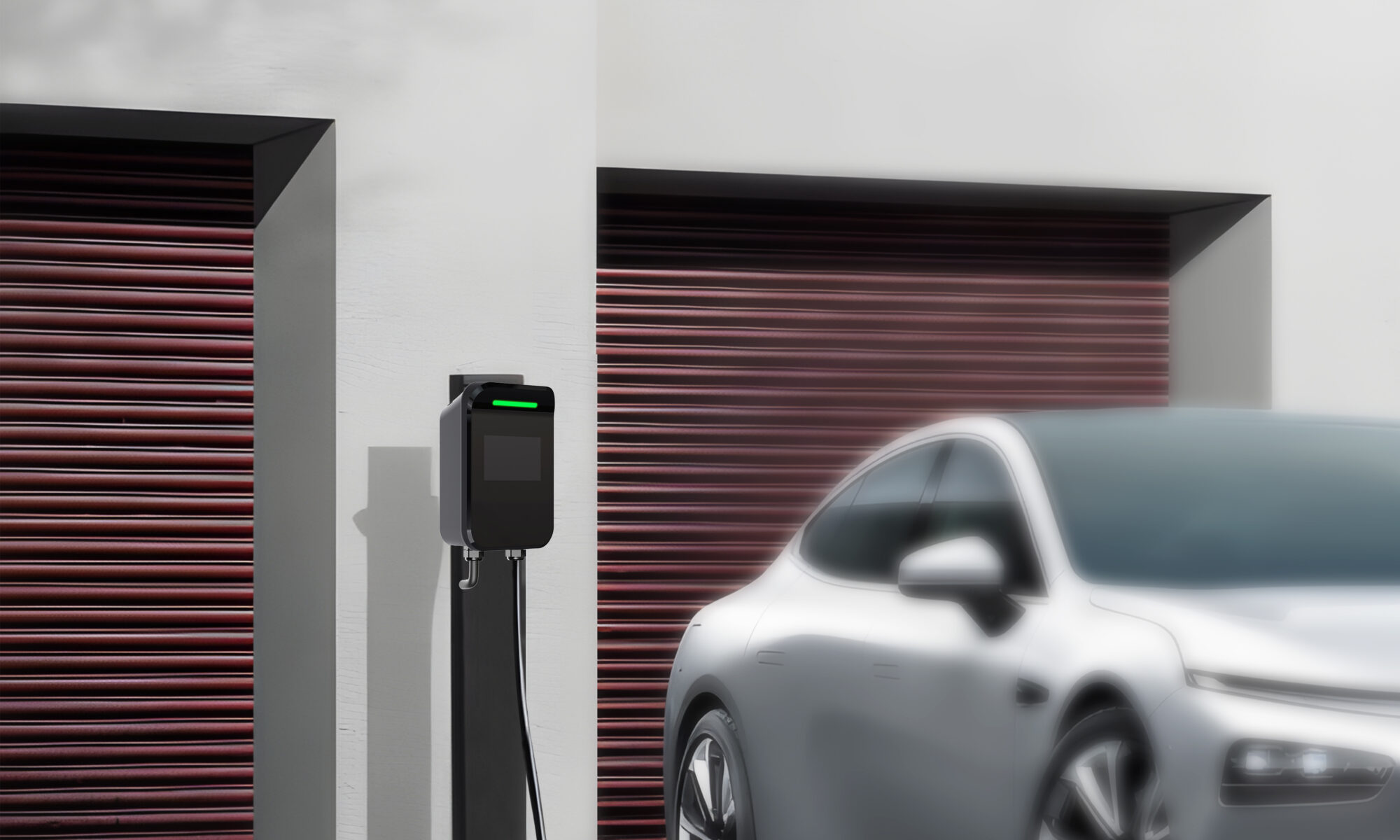There has been a noticeable shift in the automotive sector towards sustainability in recent years. The popularity of electric vehicles, or EVs, among drivers is rising globally. The fact that electric vehicles (EVs) emit no emissions is what has led to their increasing popularity.
As more and more people switch to electric vehicles, there is a growing demand for the infrastructure to support them, namely electric car chargers. With a range of available options, it can be overwhelming to determine which electric car charger fits your needs. From understanding the different types of electric chargers available to navigating the installation process, there is much to consider when setting up your electric car charging station.
This blog is designed to simplify the process and provide all the information you need to decide on electric car charger installation in 2023. Whether you’re a new EV owner looking to install a charger at home or simply curious about the process, we’ve got you covered. So, let’s dive in and explore everything you need to know about electric car charger installations, ensuring you have the knowledge and tools to make the transition to electric driving as smooth and hassle-free as possible.
Why Choose an Electric Car?
Cost-Effective: Initially, buying an electric automobile may be more expensive than buying a car that runs on petrol, but the long-term savings are substantial. Because electric automobiles have fewer moving components and hence less wear and tear, they are typically less expensive to maintain. Furthermore, the cost of electricity for charging generally is lower than that of gasoline, especially with rising fuel prices.
Performance: Electric cars are known for their smooth and quiet operation, providing a more comfortable driving experience. Electric vehicles also offer instant torque, resulting in faster acceleration and a more responsive drive.
Incentives and Rebates: Worldwide, many countries provide incentives and rebates to promote the use of electric vehicles. These may include tax credits, reduced registration fees, and even grants for purchasing an electric car.
Things to Consider Before Installation of Electric Car Charger
Type of Electric Car Charger: There are three main types of electric car chargers – Level 1, Level 2, and DC Fast Chargers. Level 1 chargers use a standard 120-volt outlet and are typically the slowest option, while Level 2 chargers require a 240-volt outlet and offer faster charging times. DC Fast Chargers are the quickest option but are also the most expensive.
Compatibility with Your Vehicle: Make sure that the charger you choose is compatible with your electric vehicle. While most chargers are designed to be compatible with all-electric cars, there may be some exceptions.
Location of the Charger: Consider where you want to install the charger. It should be situated in a way that makes it easy for your car to get there. You should also consider the distance from your electrical panel, which can affect the installation cost.
Electrical Capacity: To be sure your house or place of business can support the increased load of an electric car charger, check its electrical capacity. You may need to upgrade your electrical panel or make other modifications to accommodate the charger.
Cost of Installation: The installation cost can vary widely depending on the charger type, the installation’s complexity, and your location. Make sure to get quotes from several different contractors to find the best price.
Step-by-Step Guide to Installation
Installing an electric car charger requires careful planning and execution. Here’s a step-by-step guide to help you navigate the process:
- Assessment and Planning:
- Determine the type of charger you need: Decide between Level 1, Level 2, or a DC Fast Charger based on your vehicle’s requirements and your daily driving habits.
- Evaluate your electrical system: Ensure your home’s electrical system can handle the additional load. This might involve a professional assessment.
- Obtain Necessary Permits:
Many local governments require permits for electric car charger installations. Check with your local building department or municipality to understand the requirements.
- Choose the Installation Location:
- The location should be near where you park your car, ideally in a garage or a dedicated parking space.
- Ensure the location is near an electrical source, minimizing the need for extensive wiring.
- Purchase the Charger:
- Based on your earlier assessment, buy a charger compatible with your vehicle that suits your charging needs.
- Ensure it comes with all the necessary components for installation.
- Hire a Professional Electrician:
While some avid DIYers might be tempted to handle the installation themselves, hiring a certified electrician or a professional familiar with electric car charger installations is recommended.
- Installation Process:
- Mount the charger: Secure the charging unit to the wall, ensuring it’s at a height that allows easy access to your vehicle’s charging port.
- Connecting to the electrical source often involves running a conduit from the electrical panel to the charger location and connecting the wiring.
- Install a dedicated circuit: A dedicated circuit from your home’s electrical panel ensures the charger receives consistent power without interruptions.
- Test the charger: Once everything is connected, turn it on and ensure it’s working properly with your vehicle.
- Inspections:
If required by your local government, schedule an inspection to ensure the installation meets all codes and regulations.
- Set Up and Configuration:
Some modern chargers come with smart features that require setup. Connect the charger to your home’s Wi-Fi network, set up mobile apps, and configure any settings as required.
- Apply for Rebates or Incentives:
After the installation, apply for any available rebates or incentives to help offset the cost.
- Regular Maintenance:
Periodically inspect the charger for any wear, damage, or malfunction. Clean the unit and ensure the connection points remain free of debris.
Overall, electric car charger installations are essential to owning an electric vehicle. By choosing the right charger, hiring a professional for the installation, and maintaining your charger properly, you can enjoy the advantages of electric vehicle ownership for years to come.
Ready to take the next step in your electric vehicle journey? Ensure you have the best charging solution at your fingertips with NorthCharge. Our team of trusted professionals will provide a seamless installation, ensuring you have the perfect charger for your needs. Elevate your EV experience and drive confidently, knowing you’ve made the best choice for convenience, efficiency, and sustainability.

